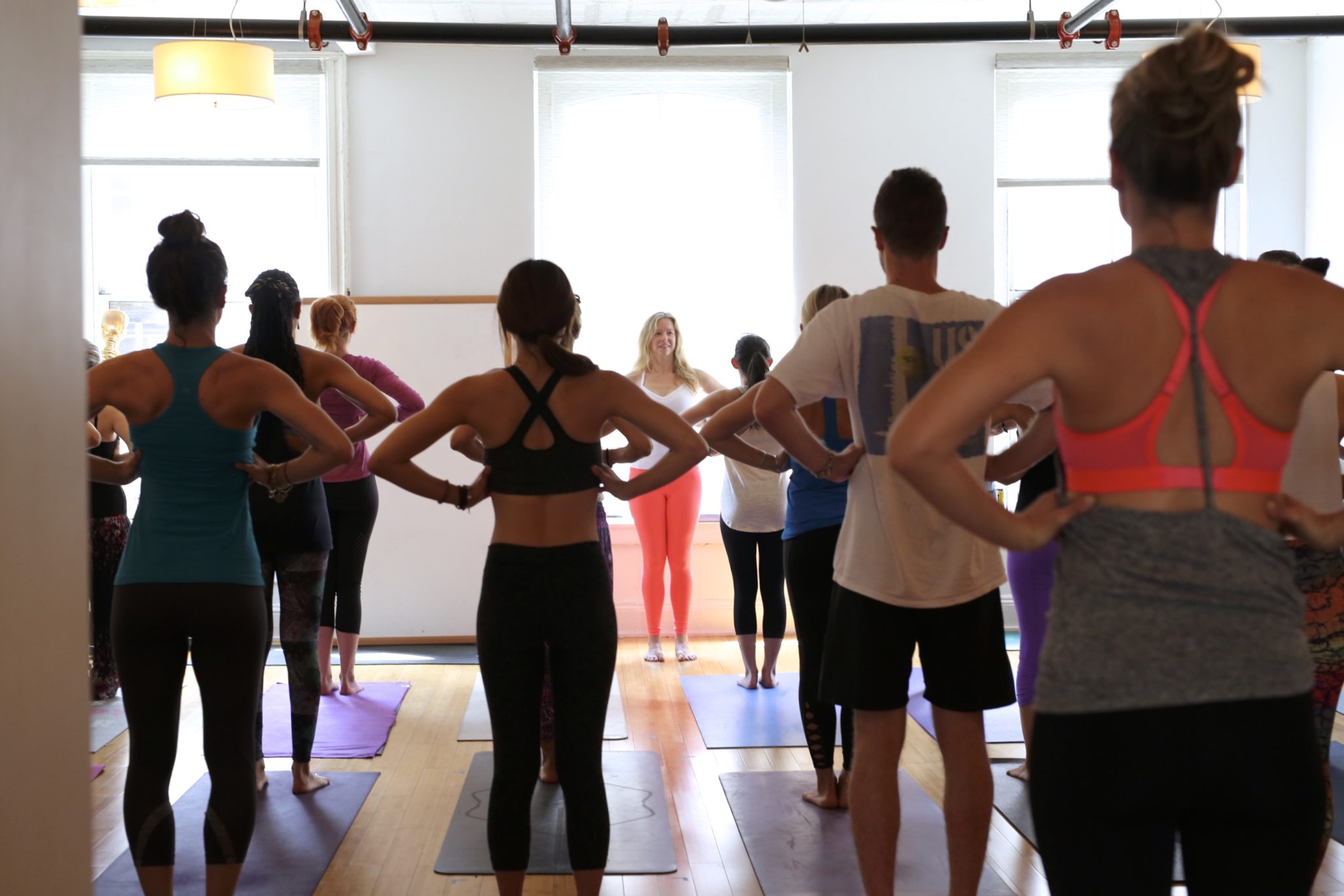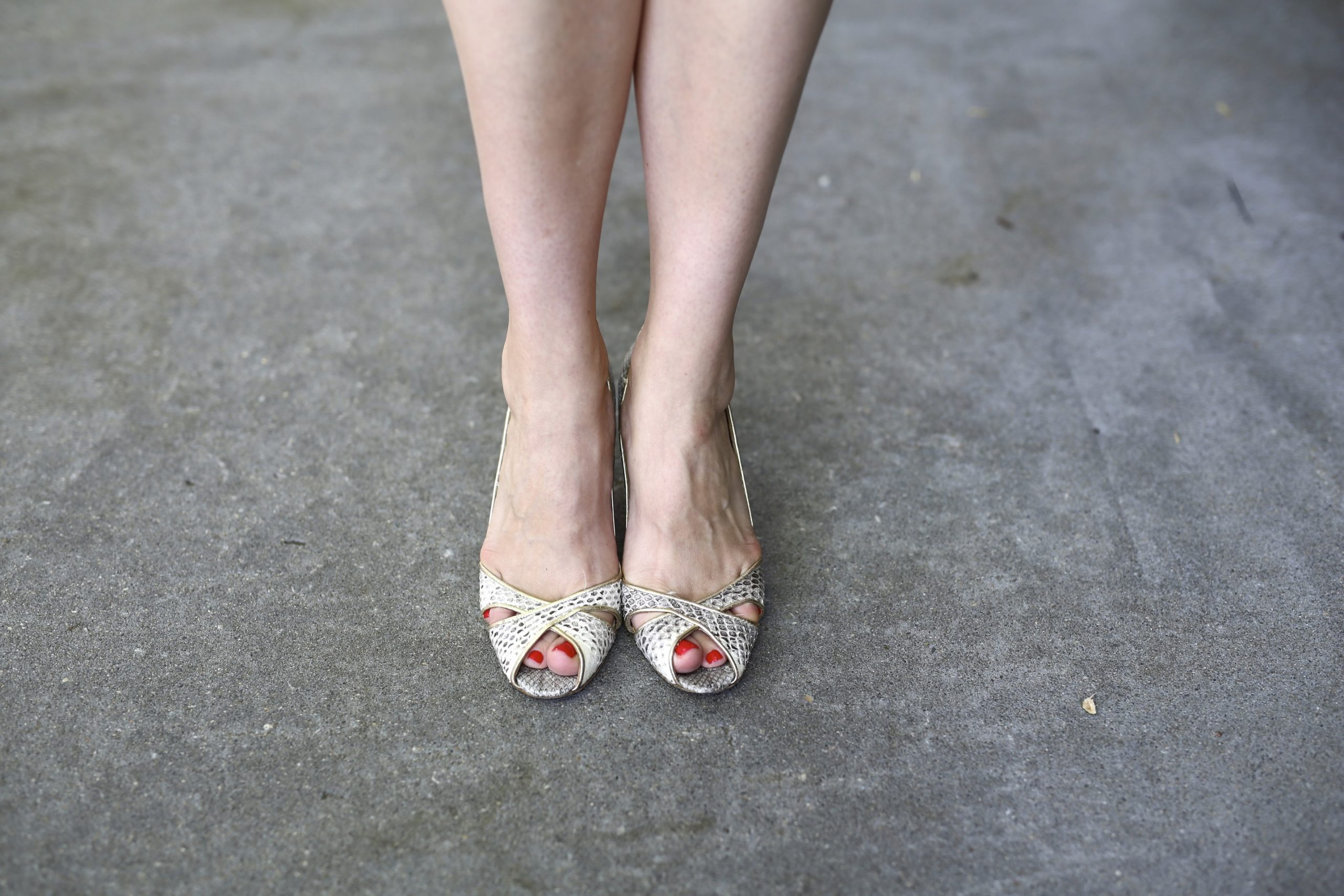I meet tons of people in my classes everyday and have the privilege of guiding their practices and watching them grow. A few weeks ago I met Susan, a 68-yr old woman who came to YogaWorks on a Groupon. Susan introduced herself and announced that she has a torn rotator cuff, scoliosis, and arthritis in her knee. She has flaming red hair and wears a teal-colored Bakelite Buddha on a chain around her neck. Susan spends half of the year in New Jersey and the other half in Florida where she practices vinyasa flow (she’s been practicing yoga since the seventies, following along with Lilias Folan on TV). I could see right away that she was a diligent and devoted practitioner, so when she asked if I taught privates I happily obliged. I worked with her three times over a week and while I expected to teach her my usual ritual of alignment, I found myself sharing something much deeper.
Susan has so much passion for yoga; her curiosity is limitless. While we went over specific postures (“Am I doing this right?”), we spent a good deal of the time just talking. As I heard her tales of trying to keep up in the fast-paced vinyasa flow classes she takes in Florida (populated by twenty-something bendy-flexies) my heart went out to her. “I can’t get my head to the floor in this forward bend,” she said, straining to prove her point while demonstrating Prasarita Padottanasana. “That’s the goal, right? Everyone else in the class can get their head down. They’re so advanced.” She told me how she feels lost when the teacher leads them through fancy arm balances or complicated transitions and how she feels “less-than” for using props. She said that she loved my classes because I was so real—I admitted that I couldn’t put my head on the floor in Prasarita Padottanasana.
Susan’s tales from her yoga practice started to churn something up inside me. When she told me that she often cries in the car on her way home from class, my heart simply broke. “Sometimes I need windshield wipers for my eyes,” she whispered. Here’s this devoted student of yoga—the owner of every yoga DVD on the market—whose relationship with the practice is, on some level, built on the premise that she’s not good enough.
I think Susan’s story speaks to the state of teaching offered out there for mass consumption. Yoga has exploded, infiltrating the daily lives of regular people all over the world, and it’s influencing the relationships we have with our bodies, ourselves, and our spirituality. The asana practice has struck a chord with the American population, and I firmly believe that it has provided a door through which students can walk and unknowingly, some day in the distant future, begin to explore themselves in more conscious, thoughtful ways. While Susan’s personal experience is with power vinyasa flow, I don’t believe this to be about style or lineage, but rather about how yoga is being communicated to students.
I can relate to her frustrations, both as a student and a teacher. Back in the early days of my practice I mostly fended for myself, trying to decipher statements like, “If you have a headstand practice, you can come into the pose now.” Utterly confused, I would ask myself the obvious question: And what if you don’t have a headstand practice? Are you supposed to try and figure it out by yourself, or are you stuck on the yoga bench for life?
Susan’s feelings of inadequacy confirm and motivate my efforts to teach teachers how to teach. There are too many goal-oriented instructions floating around the yoga atmosphere. Teachers are (knowingly or unknowingly) teaching people to fixate on the end destination—what the pose “should” look like—without providing their students with the necessary road map or skills to get there. Perhaps teachers don’t realize just how much power lies in their words—that the vast majority of students will do exactly as they’re told, entrusting the teacher to guide them through the infinite, murky world of yoga.
“Fold forward and place your head on the floor” results in a sea of bodies—some flexible and some tight—doing whatever it takes to follow orders. As a result, inflexible students will compensate for their tight hamstrings by rounding their spines and straining their necks in the name of achieving the goal. Flexible students risk repetitive stress injury to the hamstring attachments because they’re sinking into the pose without being told how to engage their legs or compact their outer hips. After all, they’ve reached the “goal”, and are therefore ignored (or praised) by the teacher.
It’s important as teachers that we explain the hows and whys of what we’re teaching. How does one actually do headstand? Why is it important to lift the shoulder blades and broaden the collarbones? If we can convey both the mechanics and the reasoning behind asana, we can empower our students with the necessary skills and knowledge to practice with intelligence. When students are given behind-the-scenes access to a posture, they are able to work and progress in the pose while honoring their personal strengths and limitations. As I encouraged Susan to lengthen her spine in Prasarita Padottanasana, she realized that in order to prioritize the opening of her chest she had to lift her torso away from the floor. The result was a beautiful display of consciousness and clarity, to which I responded, “Now that’s an advanced pose!”
My hope for Susan is that, through acceptance of herself, she will find the confidence to do her yoga. Susan reminds me of the tremendous responsibility we as teachers have to teach the heart of the practice. As teachers we convey more than just posture; we’re teaching students to value integrity, honesty, discipline, and acceptance. The classroom is the laboratory where we begin to understand that how we do anything is how we do everything. If students approach asana with aggression and impatience, how then will their yoga practice penetrate their everyday lives? If teachers encourage the destination at any cost, they are teaching that yoga is finite and that the process towards said destination is of little consequence.
In working with Susan I remember why I love teaching. Yoga is a state of union with the Self, not as we wish it were but as it is, perfectly, in this moment. It’s only from this place of profound self-acceptance that we can move forward. How lucky are we, as yogis, to get so many opportunities to practice self-acceptance? Luckier still are the teachers who have the privilege of guiding others through the process. After all, isn’t the process itself the destination? Thank you, Susan, for reminding me what it means to be an advanced yogi.
Originally published on YogaDork.com






Join the Discussion